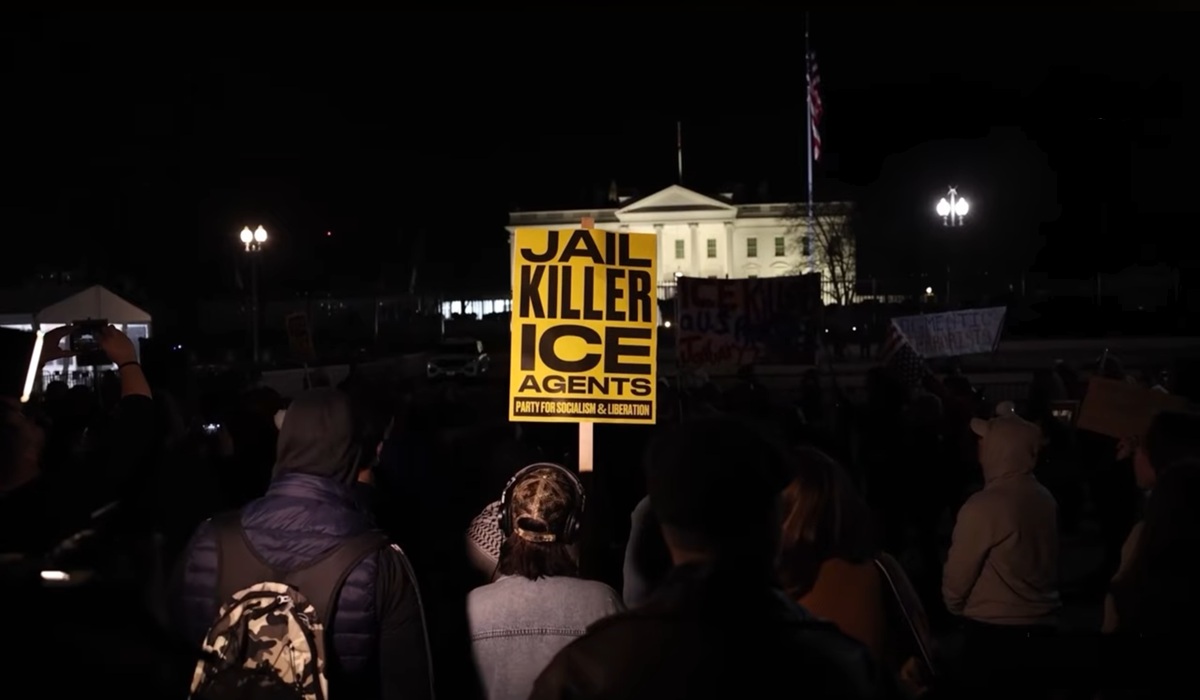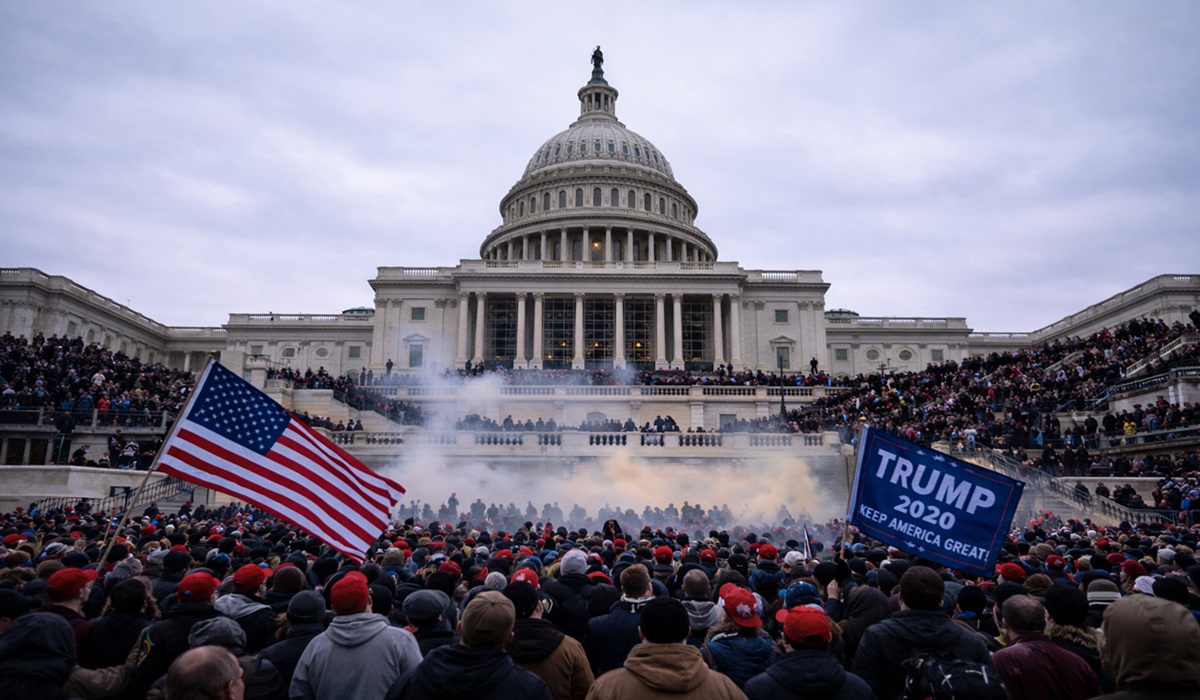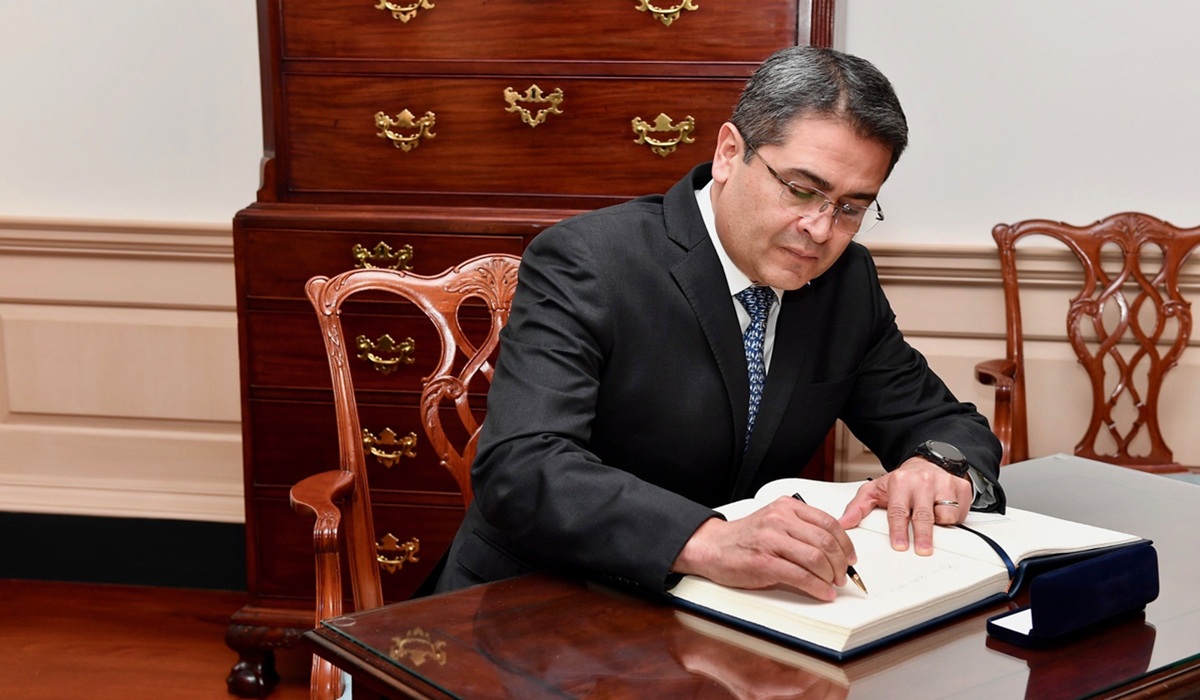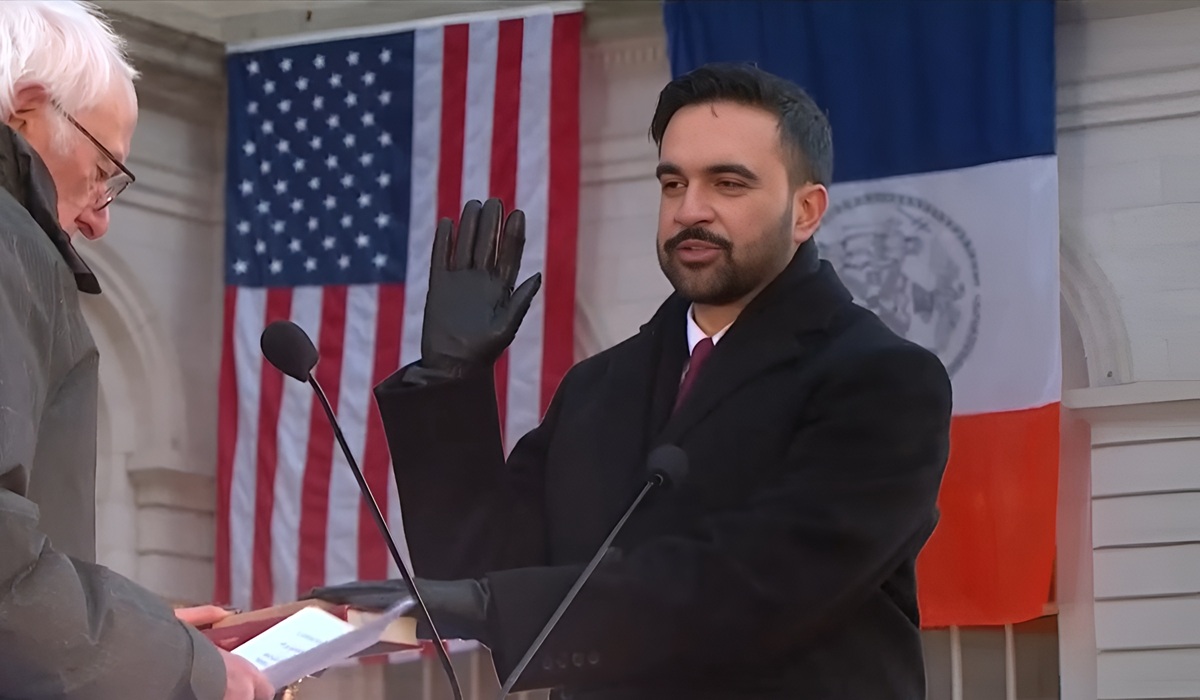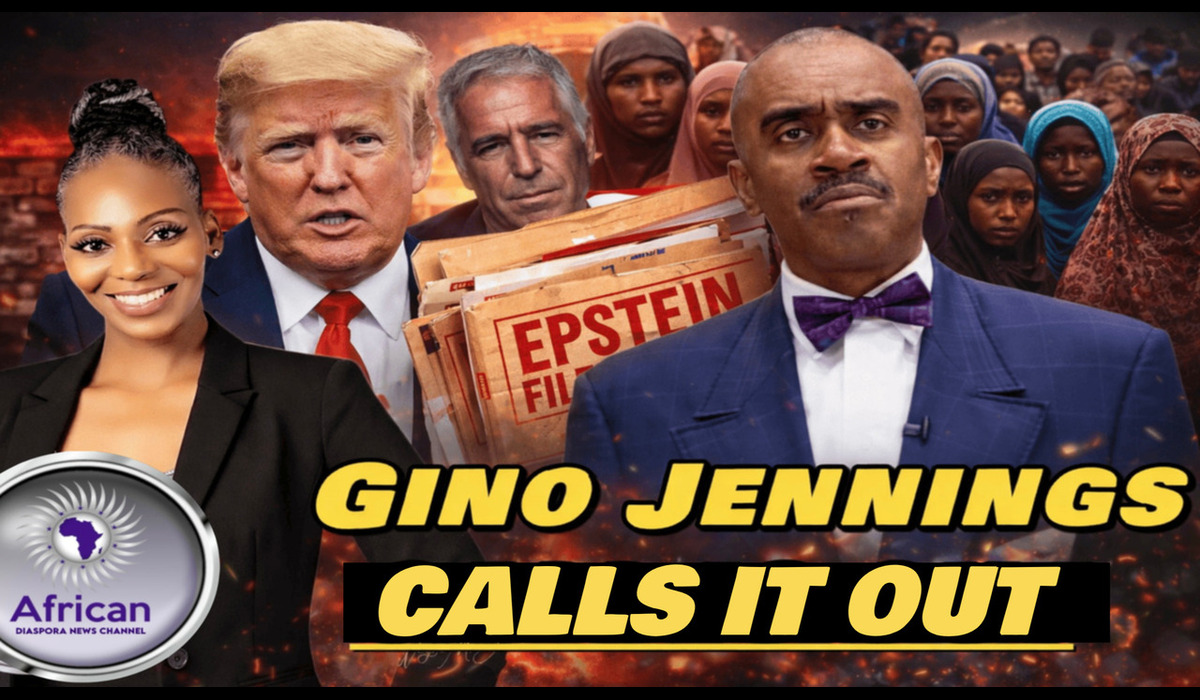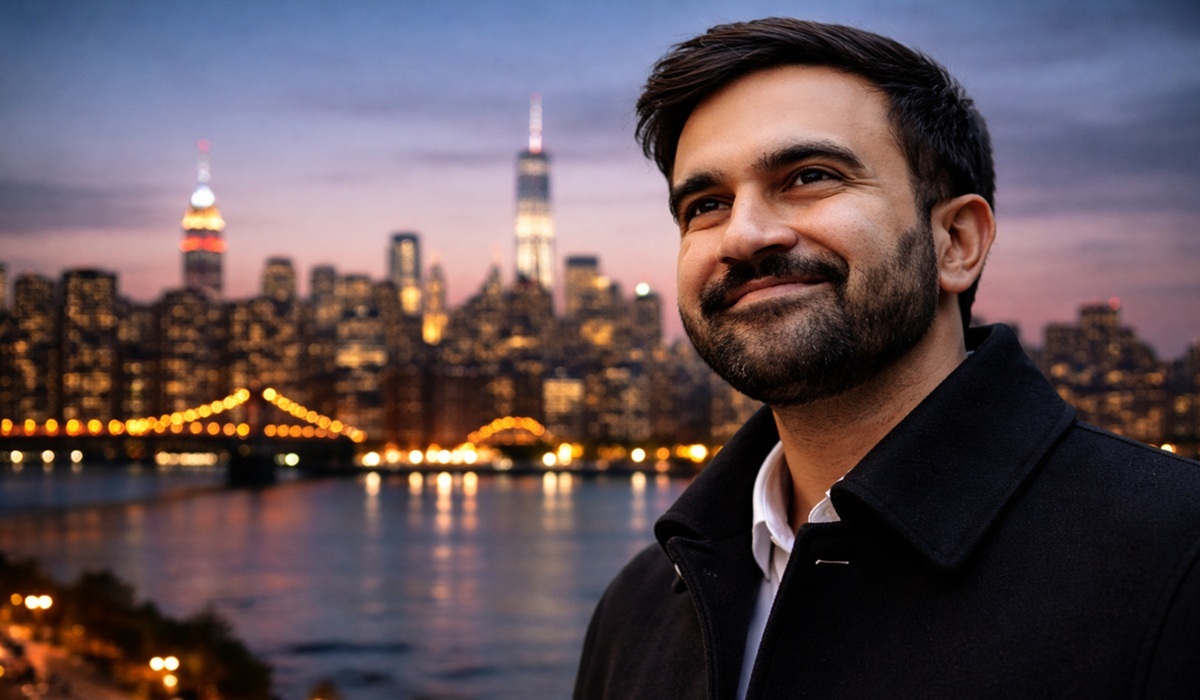Former US Marine Opens Fire in Michigan Church, FBI Stops Short of Terrorism Label
- Naomi Dela Cruz
- U.S.A
- September 29, 2025

On Sunday morning, September 28, 2025, the quiet town of Grand Blanc Township, Michigan, was shattered when a former U.S. Marine, forty-year-old Thomas Jacob Sanford, turned his military training on a house of worship. Witnesses say Sanford drove his pickup truck, draped with two American flags, straight through the entrance of the Church of Jesus Christ of Latter-day Saints as congregants gathered inside. Emerging from the wreckage, he pulled out an assault rifle and began firing at the worshippers. Within minutes, the scene turned into a nightmarish combination of gunfire, fire, and panic. He reportedly poured an accelerant inside the building, setting the church ablaze, and investigators later found explosive devices on the grounds, though authorities have not confirmed if he attempted to use them. Responding officers engaged him almost immediately, and Sanford was killed in a shootout with police.
The destruction he left behind is still being tallied. At least four people have been confirmed dead, with eight others wounded, one of them in critical condition. Officials warn that the death toll could rise as search teams sift through the charred remains of the church. Some of those who perished were discovered only after the flames were brought under control, and several people remain unaccounted for. Families wait in anguish for word on loved ones, even as investigators painstakingly sort through debris that has made recovery of bodies more difficult. What was once a sanctuary is now reduced to a crime scene, its congregation left to grapple with grief and disbelief.
Sanford’s background complicates the public’s understanding of the attack. A graduate of Goodrich High School in 2003, he enlisted in the Marine Corps in 2004, served in Iraq, and was honorably discharged in 2008. He was known as a hunter and outdoorsman, and more recently as a father to a ten-year-old child. Neighbors described him as quiet but proud of his service, with some noting patriotic displays at his home, including a Trump sign. The flags on his truck at the time of the assault have fueled speculation that his rampage carried symbolic weight, though no manifesto or explanation has yet been discovered. Investigators are combing through his devices, social media history, and personal relationships, but for now the most pressing question—why—remains unanswered.
Despite the scale and brutality of the attack, federal authorities have stopped short of labeling the incident domestic terrorism. Instead, the FBI is describing it as an act of targeted violence. That distinction has already provoked debate and criticism. To many, a former Marine deliberately attacking a church with firearms, accelerants, and bombs looks indistinguishable from terrorism. To others, particularly within law enforcement, the classification hinges on whether investigators uncover evidence of ideological motivation, organizational ties, or a political purpose. Without those elements, the attack may legally fall under the broader category of mass violence, even though the public perception of terror is undeniable.
The reluctance to use the term “domestic terrorism” reveals the murky boundaries of how the U.S. government handles such tragedies. When the suspect is a foreign national or linked to an extremist group abroad, the label is applied almost immediately, unlocking wider investigative powers and heightened political response. When the perpetrator is an American, particularly one with a military background, the terminology becomes softer, as if reclassifying the act might lessen its impact. Critics argue this is a dangerous double standard: terrorism, they contend, is not defined by who commits it but by the nature of the violence, the choice of target, and the climate of fear it creates.
As of now, Sanford’s motives are still unknown. The FBI and ATF are leading the investigation, with local police and fire crews continuing recovery operations. Authorities have asked the public not to jump to conclusions about ideology, but the community and wider nation are left to do just that in the absence of official answers. Why would a veteran who once swore an oath to protect his country unleash such destruction on fellow Americans? Why did the attack target a religious congregation on a Sunday morning? And perhaps most pressing: why is it that Americans are once again left to debate definitions rather than confront the reality that a man armed with weapons of war could so easily turn a church into a battlefield?
For now, what is certain is the grief of the families who lost loved ones, the trauma of the survivors, and the scar left on a community that has become the latest entry in a grim national tally of mass shootings. As candles are lit and vigils held, the questions of motive and classification will continue to hover. Whether it is called terrorism or targeted violence, the effect is the same: lives stolen, faith communities torn apart, and a country once again reckoning with the violence it cannot seem to stop.


